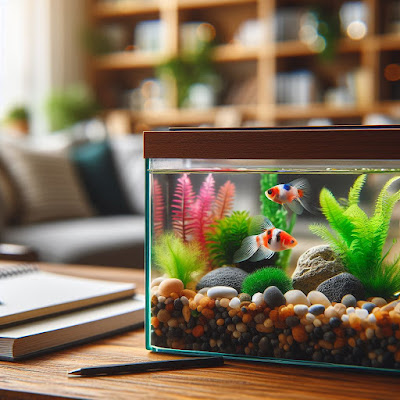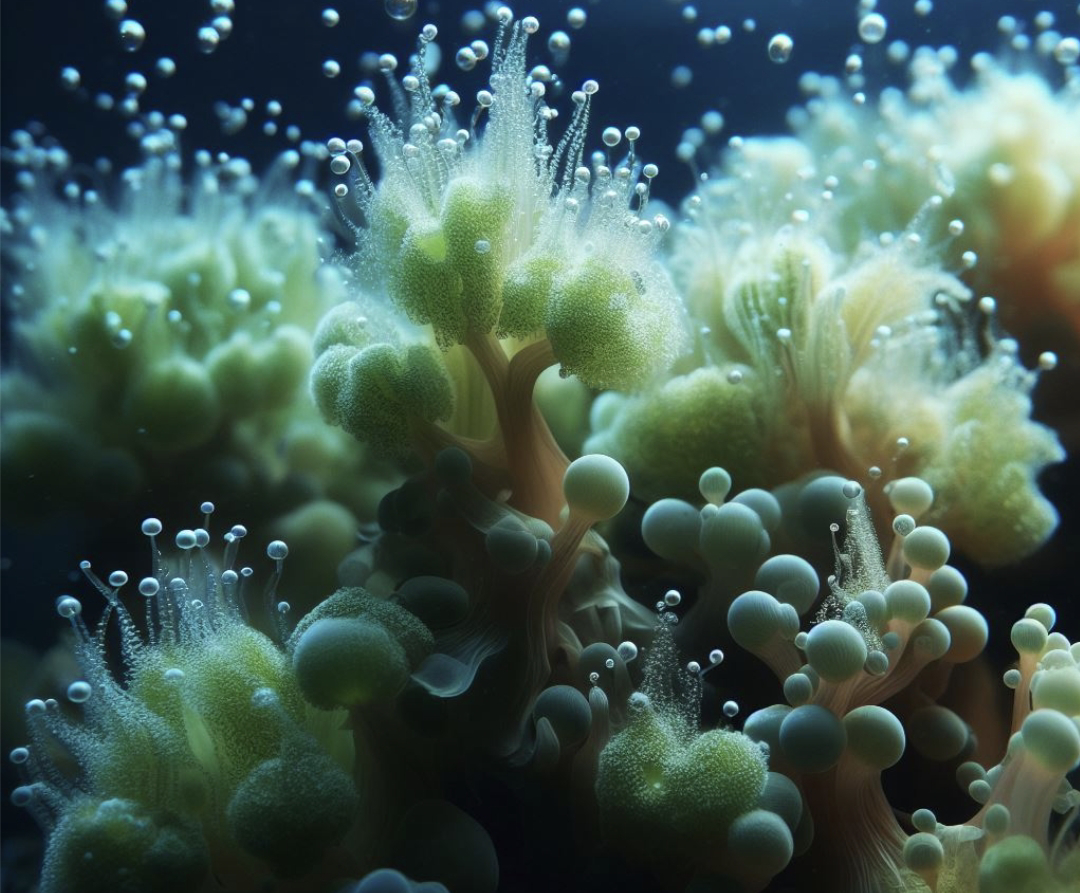GloFish: A New Take on an Old Aquarium Favorite
GloFish may seem like an old craze surrounding a popular fish, but the story behind them might give you a different outlook. Like Bettas, complete GloFish tank setups are found at every large retail store, and the glowing fish in a multitude of colors most likely are swimming happily in at least one of your local fish store tanks. The truth is that GloFish are relatively new to the industry though, leading to a number of misconceptions about where they came from and what exactly they are.
A Brief GloFish History
The idea of GloFish originally came about as scientists studied bioluminescence in nature. Bioluminescence is a genetic trait of certain species developed for purposes such as hunting and mating. The ability to glow is the result of a reaction of specific chemicals within these creature's bodies. Some produce it all the time, and others let off faints hints of their powers only when the occasion calls for. Scientists have found this curiosity to be fascinating for its uniqueness, but also as an applicable use in modern day science studies.
One such study in Singapore focused on the need to detect toxins within the growingly polluted waterways. Undetectable to the human eye, cancer causing toxins are a major concern in these areas and some form of detectant is necessary to let others know when the water is unsafe to use. ‘GloFish were made for exactly this purpose.
The thought was to have the glowing protein react when toxic cancer causing substances were present in the water. To start, the scientists took the glowing gene from jellyfish and injected it into the DNA of Zebra Danio eggs. At this point, scientists meant to have the fish only react and glow at certain times, however, they first needed to glow in general. Once the aquarium trade caught on to the unique and colorful types of always glowing fish being produced though, the major traders took over and decided GloFish were more suited to commercial use.
Bringing GloFish to the Home Aquarium
Zebra Danios were used as the first ever GloFish because of their popular use in scientific studies. The fish are hardy, easy to breed, and their organs and inside structures begin to develop with two days of the egg being fertilized. The eggs are easy to study and the gene sequences are thoroughly recorded, making them perfect for lab testing.
In the aquarium trade, danios can be found just about anywhere for many of the same reasons. For beginners, these fish are active, easy, and hardy enough to withstand not so perfect water parameters. Though the colorful fish were popular, the company took it a step further in their production and created not just glowing fish, but those in blue, yellow, and pink varieties. To further diversifying their offerings, more species, like barbs and tetras, were added to the mix. This created a total of 12 different types of GloFish, giving the aquarist the ability to create a true communal species tank. Hence the GloFish craze.
It was only in 2003 that GloFish were allowed as marketable to the public in the U.S. and a good amount of controversy has made them quite a topic of conversation. Although no fish were harmed to create the original glowing creatures, they are classified as genetically modified organisms. This in itself is under debate as to the ethics of messing with an animals genes, and GloFish are no exception, along with crops of fruits and vegetables. The fish actually did well under their new identity though. The fish are able to breed and reproduce just like the uncolored versions of their species, passing on their glowing traits. Ethics is still up in the air, however, in terms of fish health, they are so far no recorded adverse side effects or harm done to the now future generations of these popular aquarium fish.
Keeping GloFish
You may feel a little more interest in this oddly created group of fish now that you know they were not sliced, diced, fed radioactive chemicals or injected. With that thought of morality in mind, a GloFish tank can make for a unique and eye catching display.
Unlike a normal aquarium setup, the coloration in these species is meant to be put on display. In designing the tank, usually contrasting colors are used, such as black substrate and backgrounds, along with artificial plants and decorations. To show off the colors and really make it a GloFish tank, blacklights are added to give the appearance of some futuristic world where glowing creatures float silently through space. Children are especially enraptured by these glowing beauties, making this setup perfect as an introductory tank.
Keep in mind that GloFish are the exact same as their nonglowing counterparts though. They like plants and community schooling. A GloFish tank can be made as a regular setup with or without a blacklight and other like minded tropical species will happily interact without judgement of their glowing brethren. However you decide to utilize your newest GloFish, rest assured that you will be creating a unique showpiece and a great topic of conversation for everyone to learn from.








.png)
